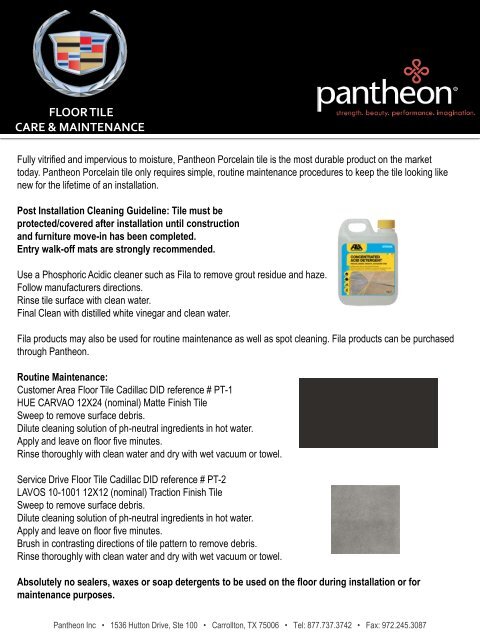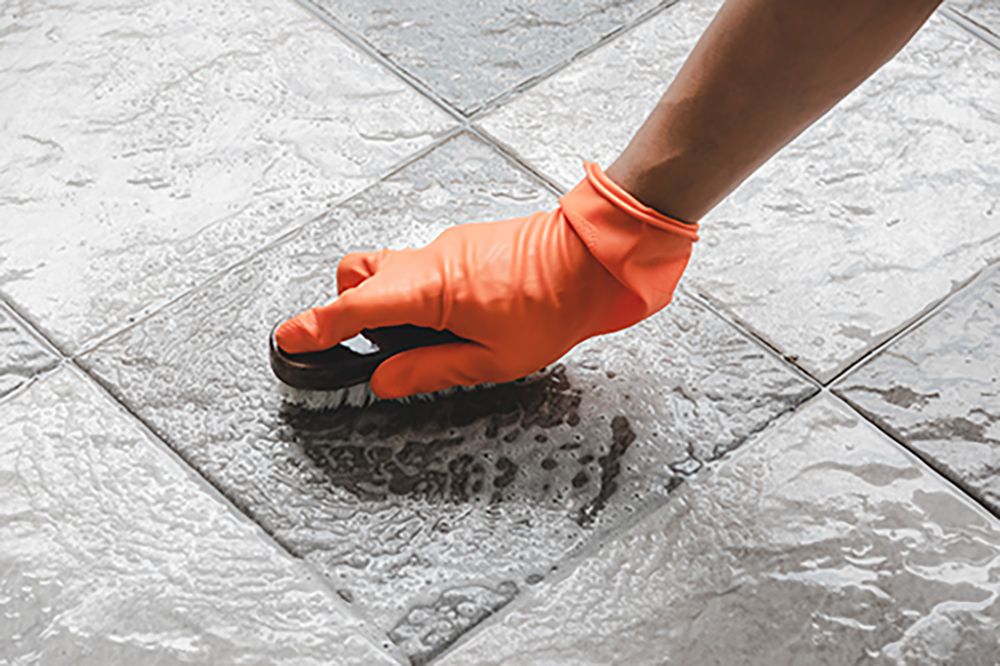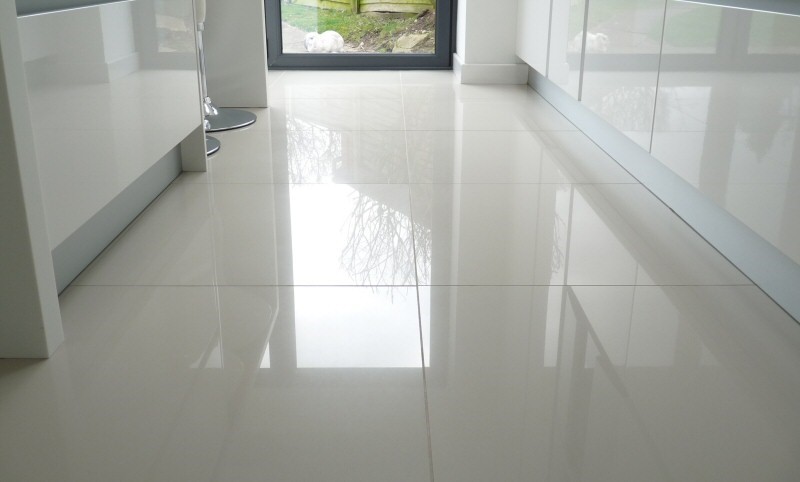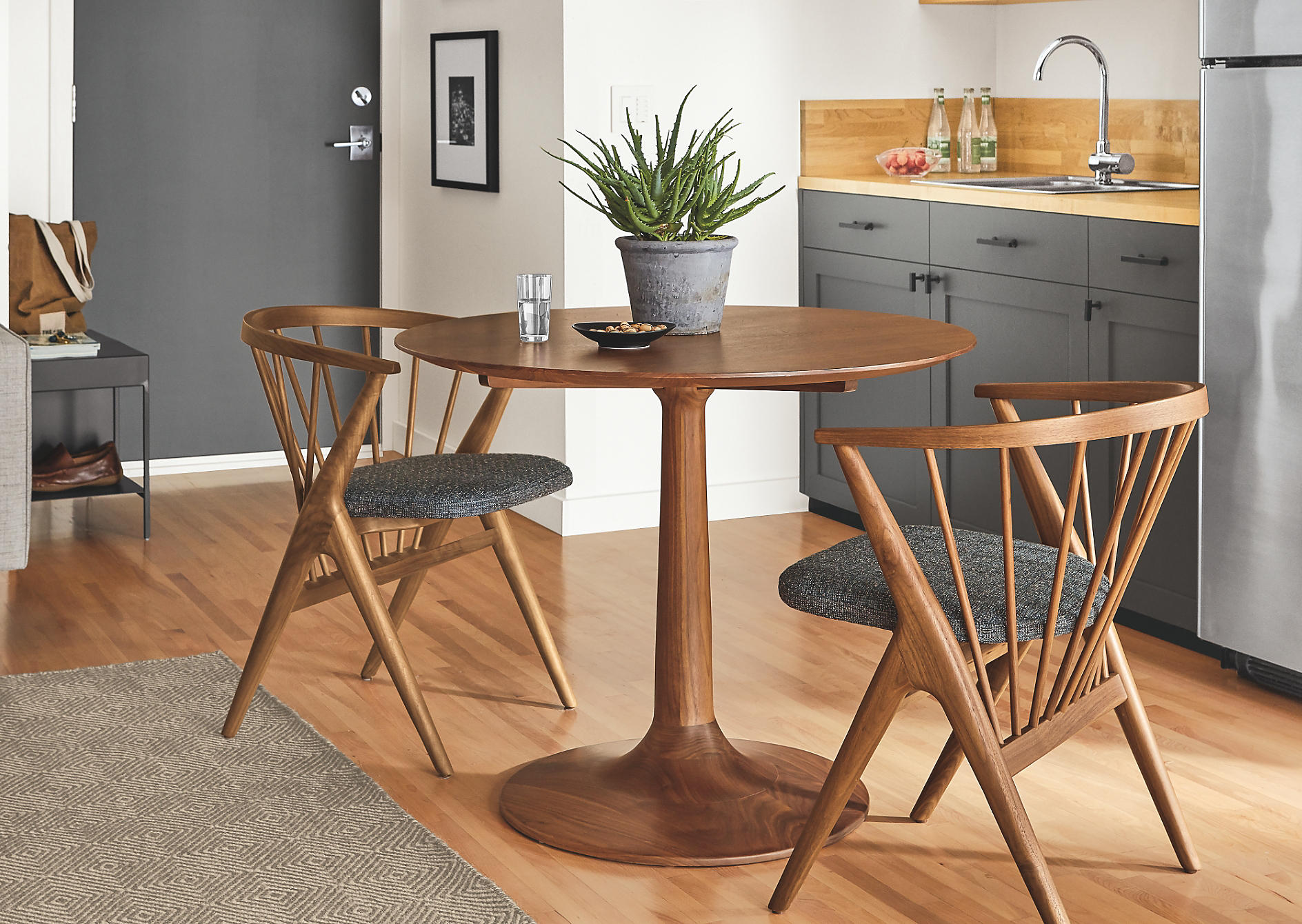If you're looking to update your kitchen, one of the easiest ways to do so is by installing tile on your kitchen walls. Not only does it add a beautiful visual element, but it also protects your walls from cooking splatters and spills. Putting tile on a kitchen wall may seem like a daunting task, but with the right materials and steps, you can achieve a professional-looking result on your own.How to Put Tile on a Kitchen Wall
Installing kitchen wall tile is a great DIY project for those with some basic home improvement skills. Not only will you save money on labor costs, but you'll also have the satisfaction of completing the project yourself. The key to a successful DIY kitchen wall tile installation is proper preparation and attention to detail.DIY Kitchen Wall Tile Installation
Before you begin installing kitchen wall tile, it's important to gather all the necessary tools and materials. This includes trowels, tile spacers, grout, and tile adhesive. You'll also need to measure the area you'll be tiling and purchase enough tiles to cover it, accounting for any cuts that may need to be made. Next, you'll need to prep your walls by cleaning them and removing any old paint or wallpaper. If you have any holes or cracks, now is the time to fill them in and sand them smooth. Once your walls are prepped, you can begin the installation process by applying the tile adhesive to the wall using a trowel. Then, place the tiles onto the adhesive, using tile spacers to ensure even gaps between each tile. After all the tiles are in place, allow the adhesive to dry for the recommended time. Then, you can remove the spacers and fill in the gaps with grout. Use a grout float to apply the grout and wipe away any excess with a damp sponge. Finally, seal the grout according to the manufacturer's instructions.Step-by-Step Guide for Installing Kitchen Wall Tile
When it comes to choosing the right tiles for your kitchen walls, there are many options to consider. Ceramic, porcelain, and glass tiles are all popular choices due to their durability and ease of maintenance. You can also choose from a variety of colors, patterns, and finishes to match your kitchen's style and décor.Best Tiles for Kitchen Walls
When selecting kitchen wall tiles, it's important to consider the size and layout of your kitchen. Larger tiles can make a small kitchen feel cramped, while smaller tiles can create a busy and cluttered look in a larger kitchen. Additionally, think about the color and finish of your tiles. Glossy tiles can help reflect light and make a space feel bigger, while matte tiles can add a more textured and natural look.Tips for Choosing the Right Kitchen Wall Tile
As mentioned before, you'll need a variety of tools and materials for a successful kitchen wall tile installation. Along with the proper tiles and adhesive, you'll also need a trowel, tile spacers, a grout float, a sponge, and a sealant. It's also recommended to have safety gear, such as gloves and eye protection, when working with tiles and adhesives.Tools and Materials Needed for Installing Kitchen Wall Tile
Installing kitchen wall tile may seem straightforward, but there are some common mistakes that can lead to a less-than-desirable result. One of the biggest mistakes is not properly prepping the walls before installation. This can lead to tiles not adhering properly or grout cracking over time. Another mistake is not using enough adhesive, which can cause tiles to come loose or shift. Follow the manufacturer's instructions and take your time to avoid these and other common mistakes.Common Mistakes to Avoid When Installing Kitchen Wall Tile
Proper preparation is crucial for a successful kitchen wall tile installation. Along with cleaning and repairing any imperfections, it's also important to make sure your walls are level and dry before applying adhesive and tiles. You may need to use a level and a chalk line to ensure your tiles are being placed evenly and in a straight line.How to Prep Your Kitchen Wall for Tile Installation
After the adhesive has dried and the tiles are in place, it's time to grout and seal your kitchen wall tile. Grouting can be a messy process, so be sure to protect your floors and countertops with drop cloths. Once the grout is applied and cleaned up, it's important to seal it to protect against stains and moisture. Follow the manufacturer's instructions for the best results.Grouting and Sealing Kitchen Wall Tile
To keep your kitchen wall tile looking its best, it's important to regularly clean and maintain it. Use a mild cleaner and non-abrasive sponge to wipe down your tiles, and avoid using harsh chemicals that can damage the finish. Additionally, periodically check for any cracks or gaps in the grout and repair as needed to prevent water damage. With these tips and a little patience, you can successfully put tile on your kitchen walls and transform the look of your space. Whether you choose a sleek and modern design or a more traditional style, kitchen wall tile is a versatile and practical choice for any kitchen. So roll up your sleeves and get ready to enjoy the beauty and functionality of a tiled kitchen wall!Maintenance and Care for Kitchen Wall Tile
Why Putting Tile on Your Kitchen Wall is the Perfect Home Design Solution

Transform Your Kitchen with Tile
 When it comes to designing your dream kitchen, every detail matters. From the color of the cabinets to the type of flooring, every decision plays a role in creating the perfect space. However, one often overlooked design element is the kitchen wall. Many homeowners stick with traditional paint or wallpaper, but
putting tile on your kitchen wall
can elevate your home design to the next level.
When it comes to designing your dream kitchen, every detail matters. From the color of the cabinets to the type of flooring, every decision plays a role in creating the perfect space. However, one often overlooked design element is the kitchen wall. Many homeowners stick with traditional paint or wallpaper, but
putting tile on your kitchen wall
can elevate your home design to the next level.
Endless Design Possibilities
 One of the greatest benefits of
using tile on your kitchen wall
is the endless design possibilities it offers. With a wide range of colors, patterns, and textures available, you can create a unique and personalized look for your kitchen. You can opt for a classic subway tile for a timeless look, or go bold with a mosaic pattern for a more modern feel. The options are endless and allow you to truly make your kitchen your own.
One of the greatest benefits of
using tile on your kitchen wall
is the endless design possibilities it offers. With a wide range of colors, patterns, and textures available, you can create a unique and personalized look for your kitchen. You can opt for a classic subway tile for a timeless look, or go bold with a mosaic pattern for a more modern feel. The options are endless and allow you to truly make your kitchen your own.
Durability and Easy Maintenance
 In addition to its aesthetic appeal,
tile is a practical choice for your kitchen wall
. It is known for its durability and can withstand the heat and moisture that comes with cooking. It is also easy to clean, making it the perfect choice for a busy kitchen. Spills and splatters can easily be wiped away, and unlike paint or wallpaper, tile is not susceptible to staining or fading over time.
In addition to its aesthetic appeal,
tile is a practical choice for your kitchen wall
. It is known for its durability and can withstand the heat and moisture that comes with cooking. It is also easy to clean, making it the perfect choice for a busy kitchen. Spills and splatters can easily be wiped away, and unlike paint or wallpaper, tile is not susceptible to staining or fading over time.
Increased Home Value
 Another advantage of
using tile on your kitchen wall
is the potential increase in your home's value. A beautifully designed kitchen is a major selling point for homebuyers, and tile can add a touch of luxury and sophistication that will appeal to potential buyers. It is a worthwhile investment that can pay off in the long run.
Another advantage of
using tile on your kitchen wall
is the potential increase in your home's value. A beautifully designed kitchen is a major selling point for homebuyers, and tile can add a touch of luxury and sophistication that will appeal to potential buyers. It is a worthwhile investment that can pay off in the long run.
Final Thoughts
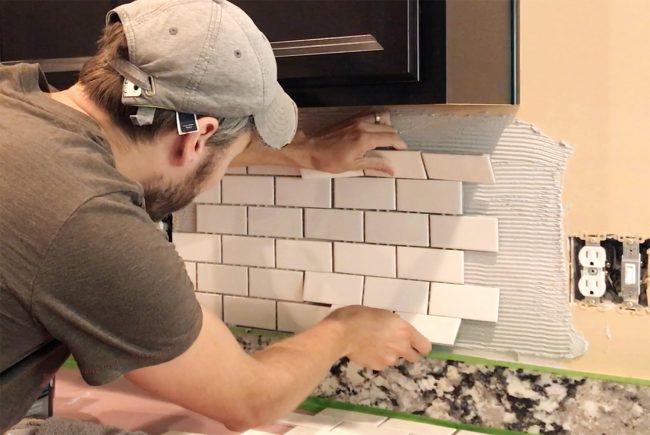 When it comes to designing your dream kitchen,
putting tile on your kitchen wall
is a decision that should not be overlooked. With its versatility, durability, and potential to increase your home's value, it is a practical and stylish choice for any homeowner. So why settle for a plain painted wall when you can elevate your kitchen design with the beauty and functionality of tile? Consider this design solution for your kitchen and see the transformation for yourself.
When it comes to designing your dream kitchen,
putting tile on your kitchen wall
is a decision that should not be overlooked. With its versatility, durability, and potential to increase your home's value, it is a practical and stylish choice for any homeowner. So why settle for a plain painted wall when you can elevate your kitchen design with the beauty and functionality of tile? Consider this design solution for your kitchen and see the transformation for yourself.



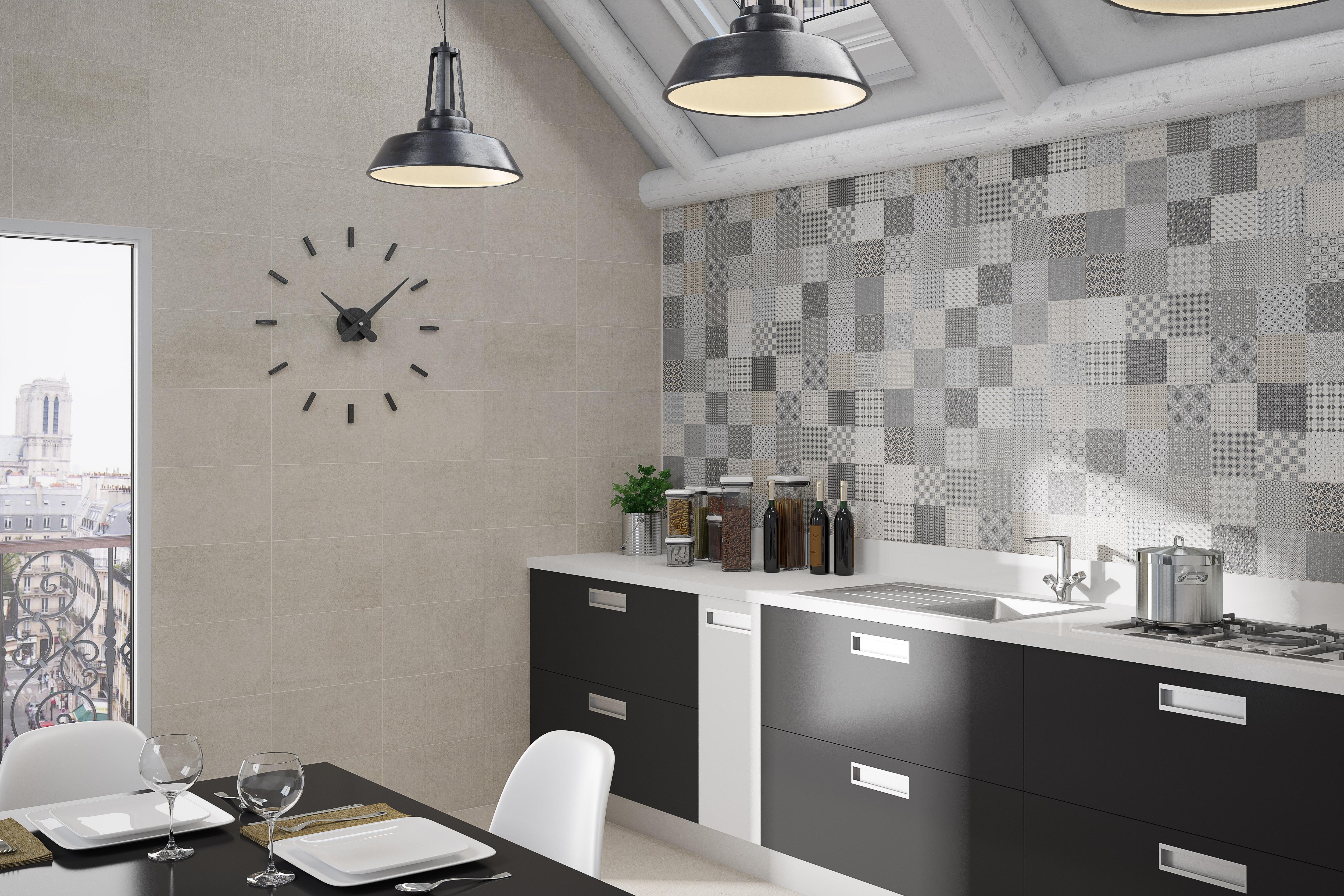

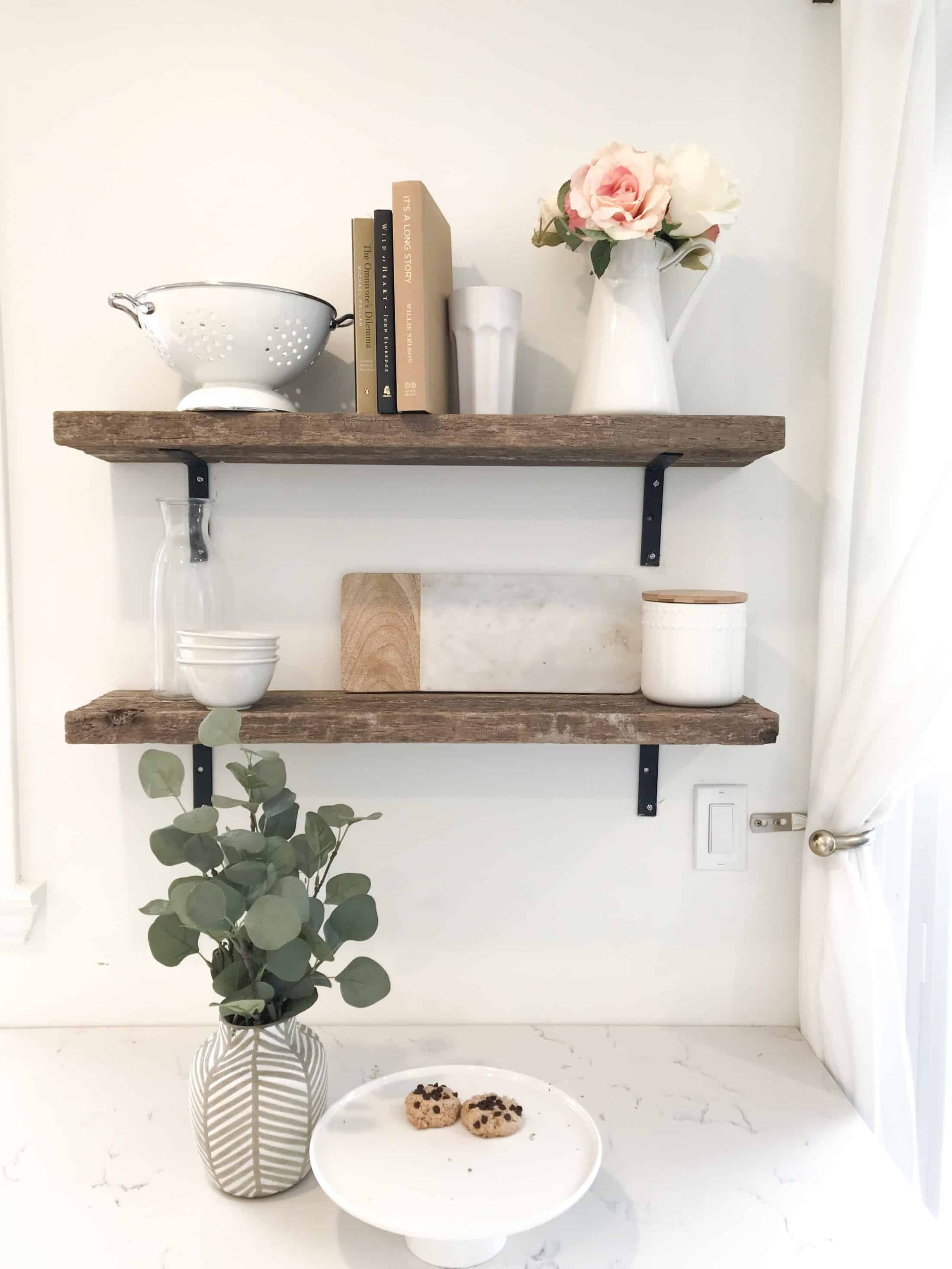
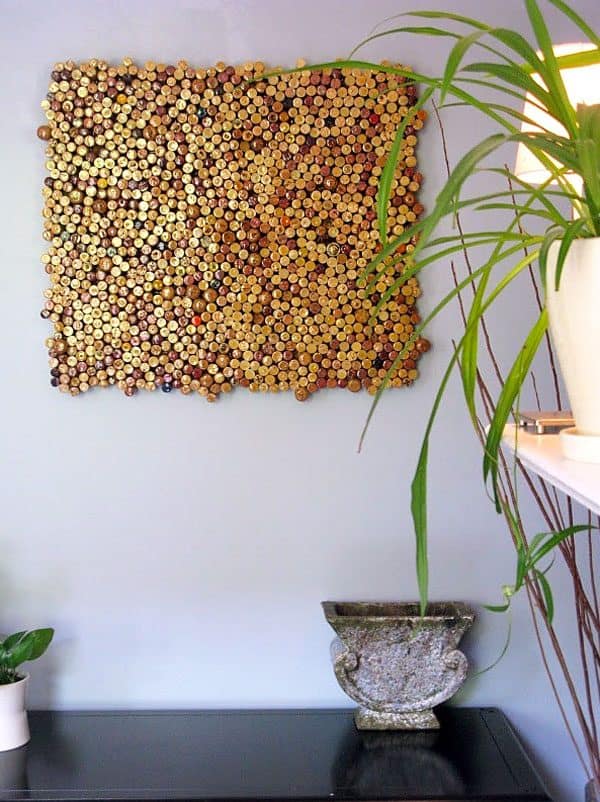
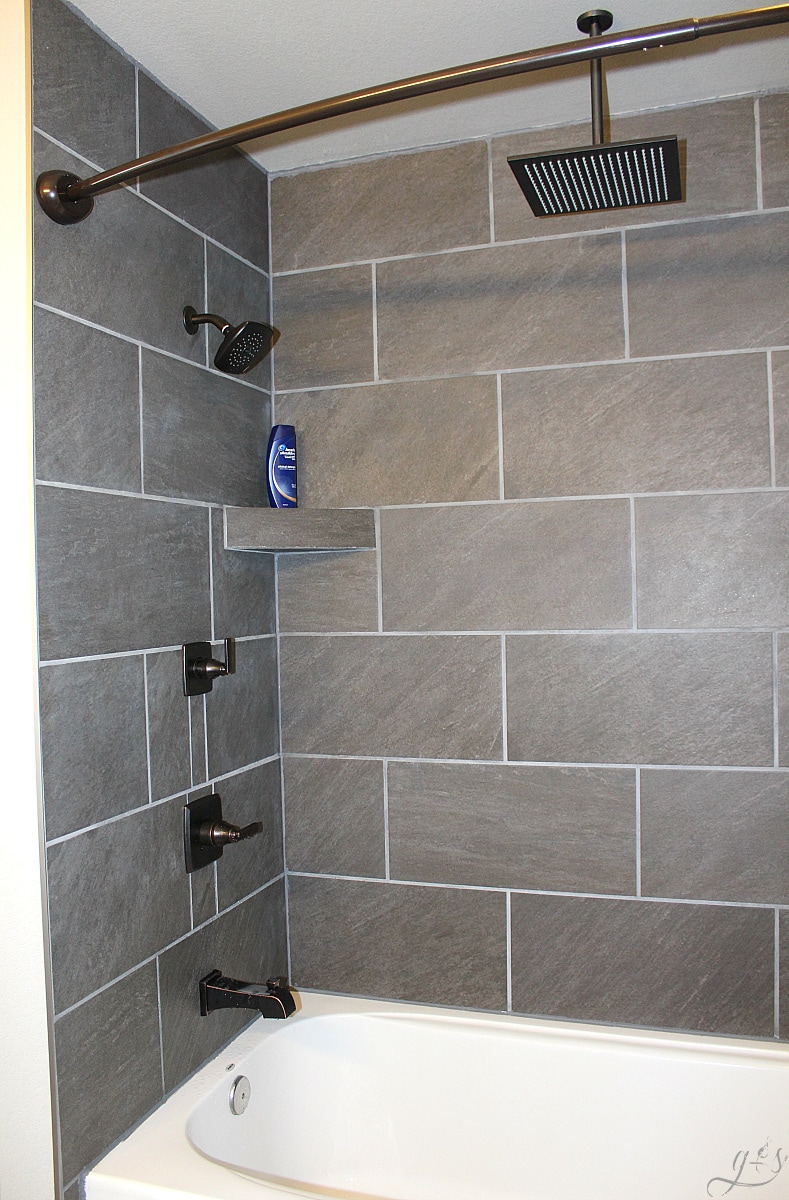


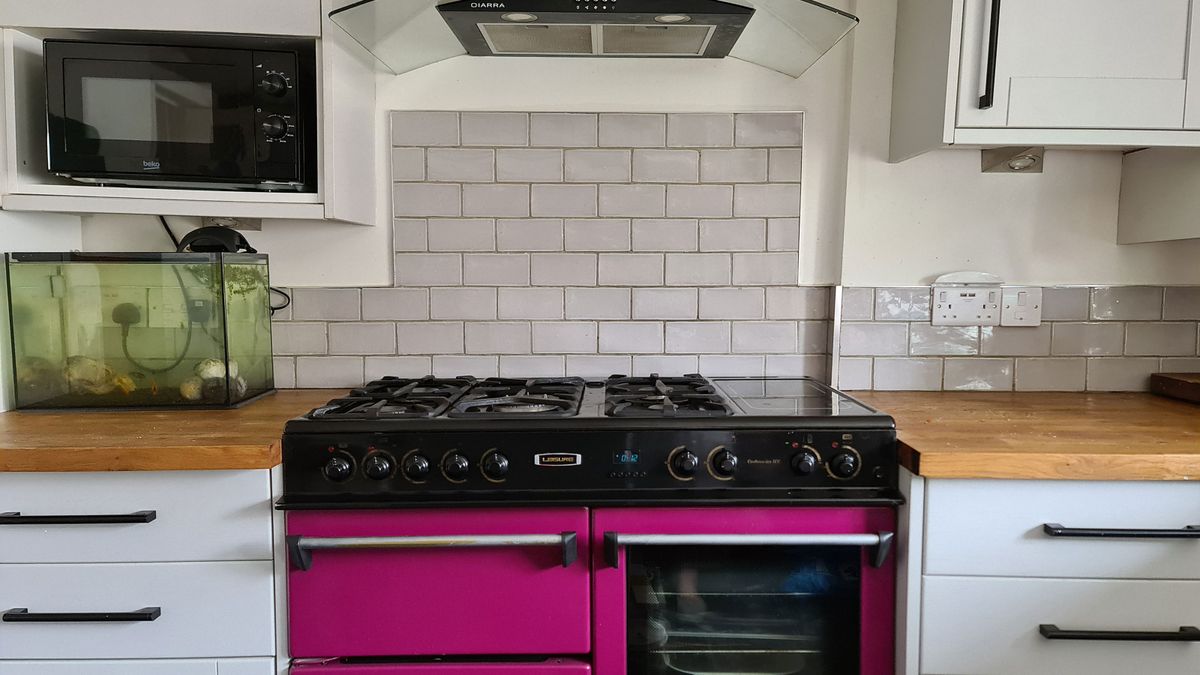

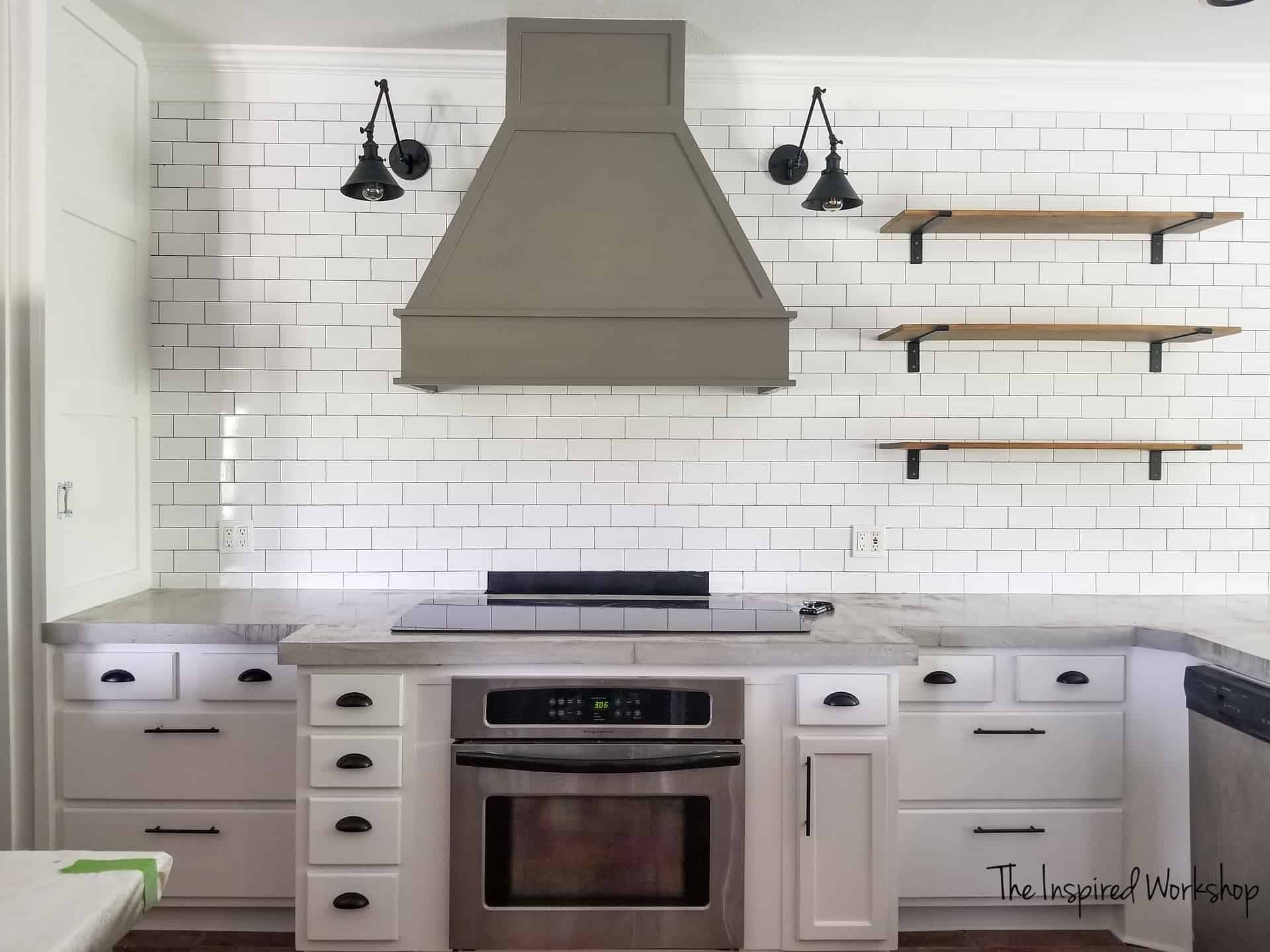






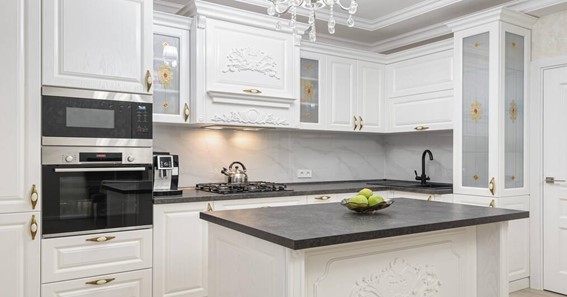



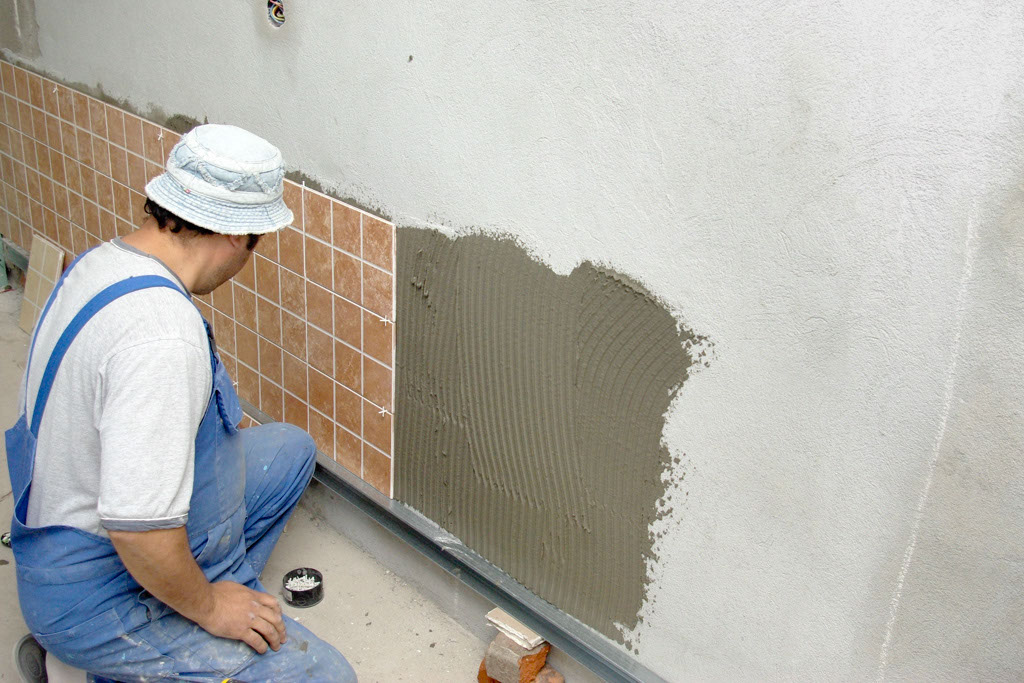

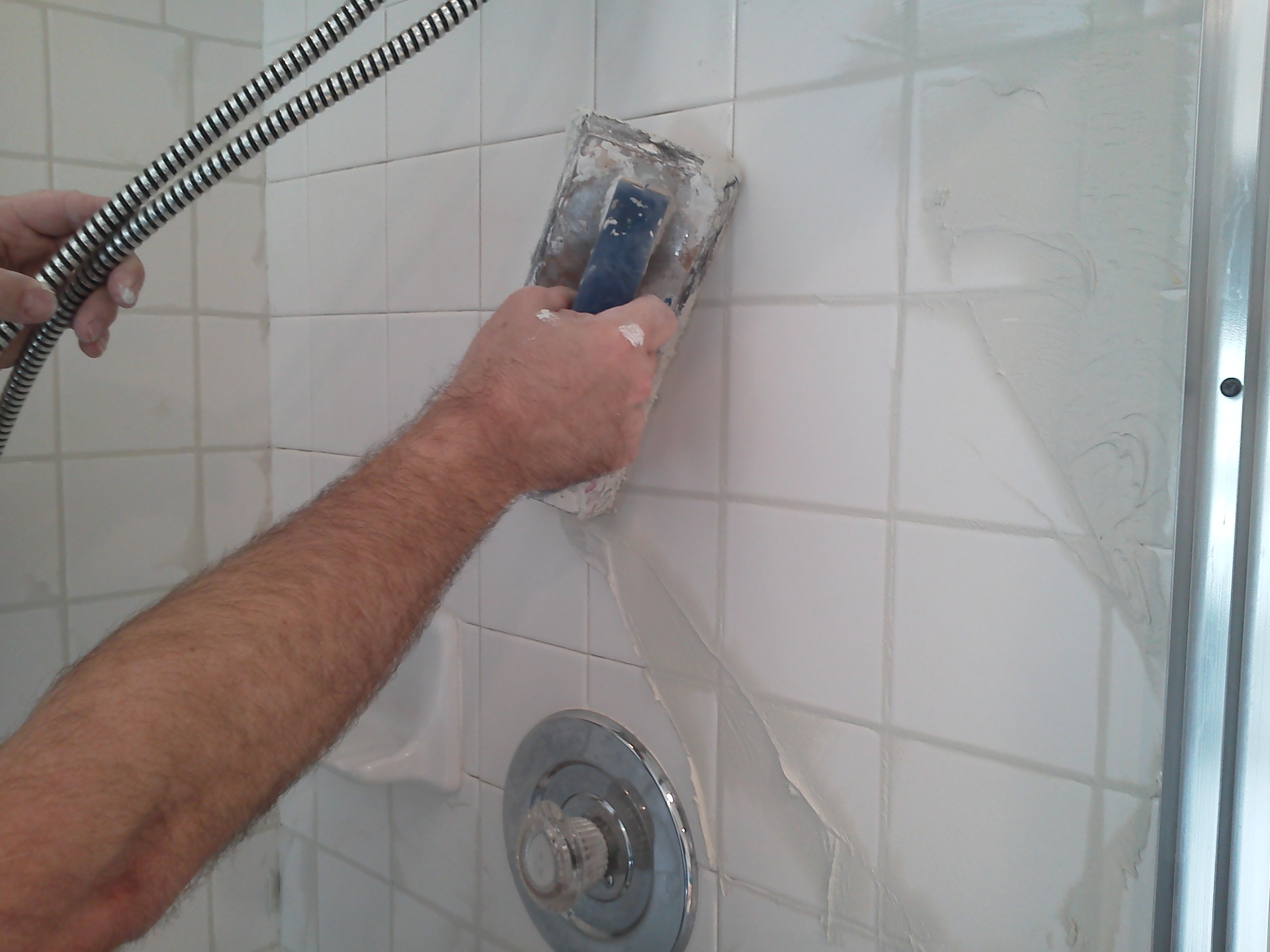







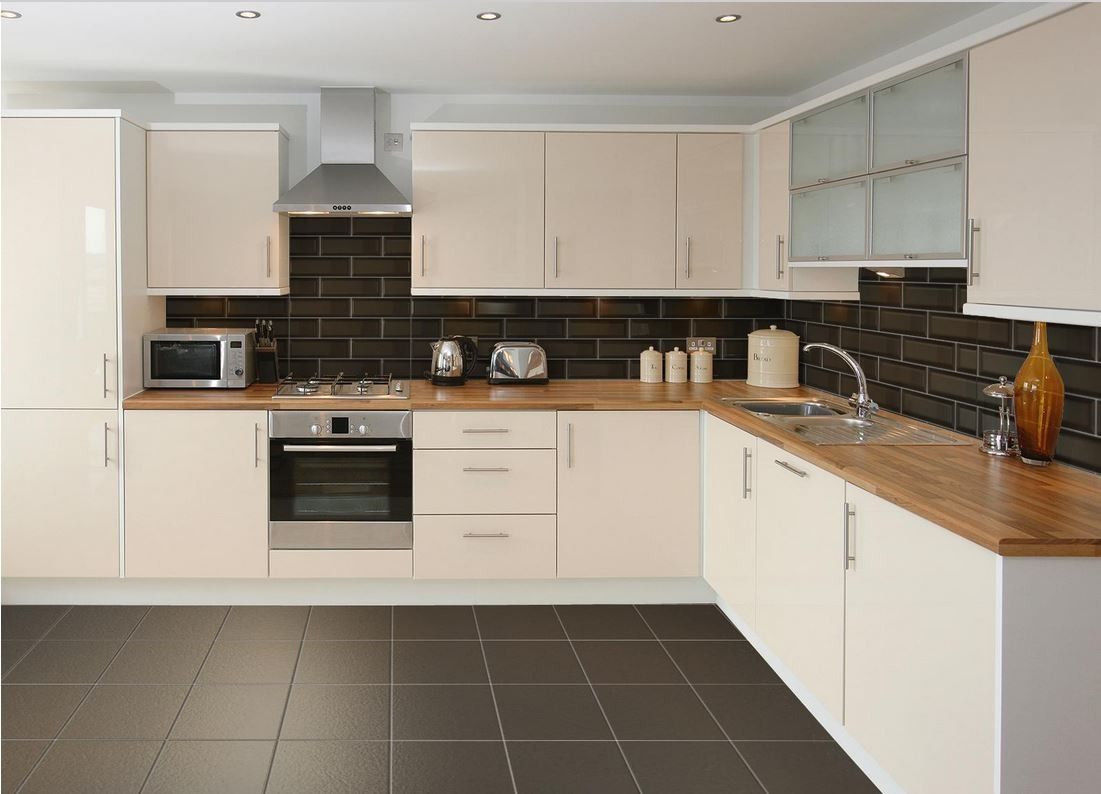


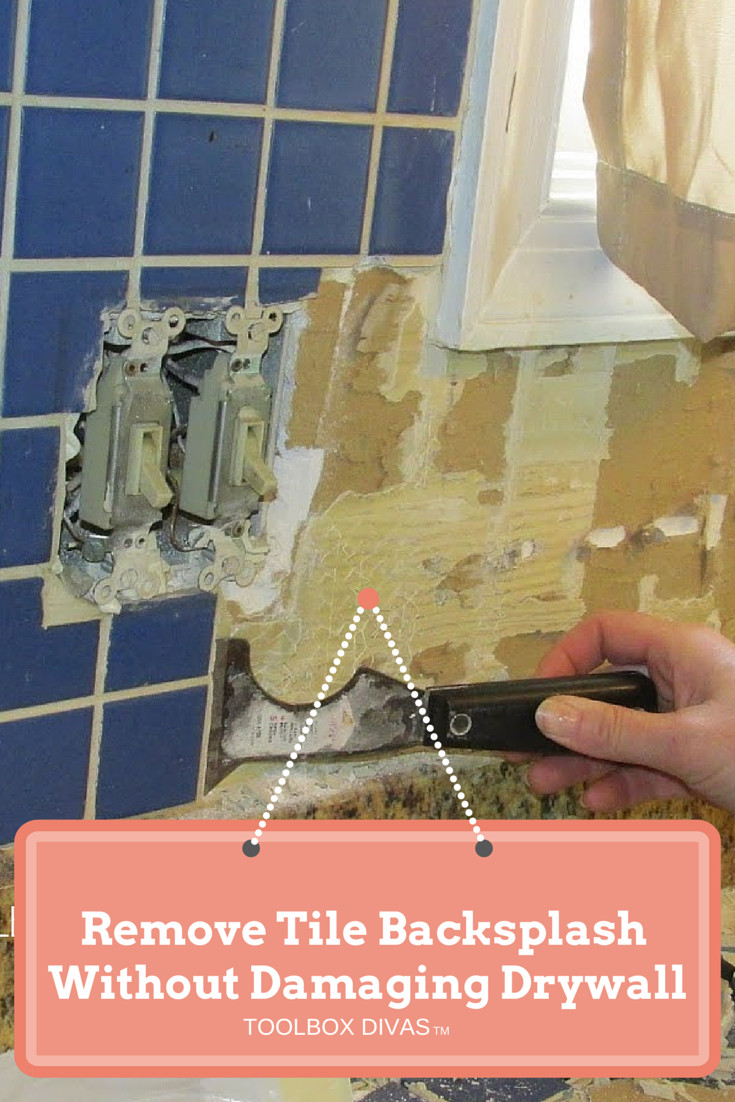




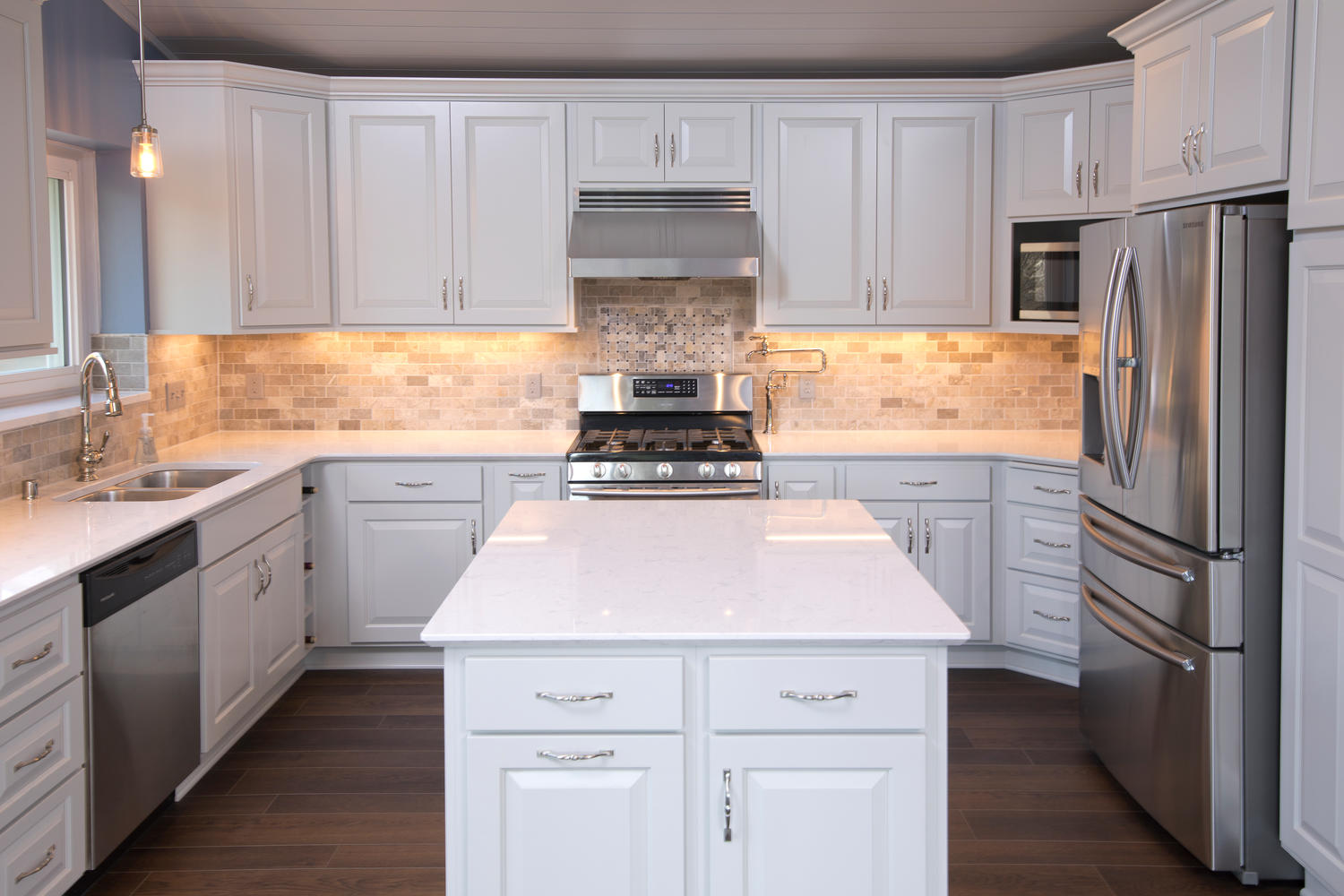

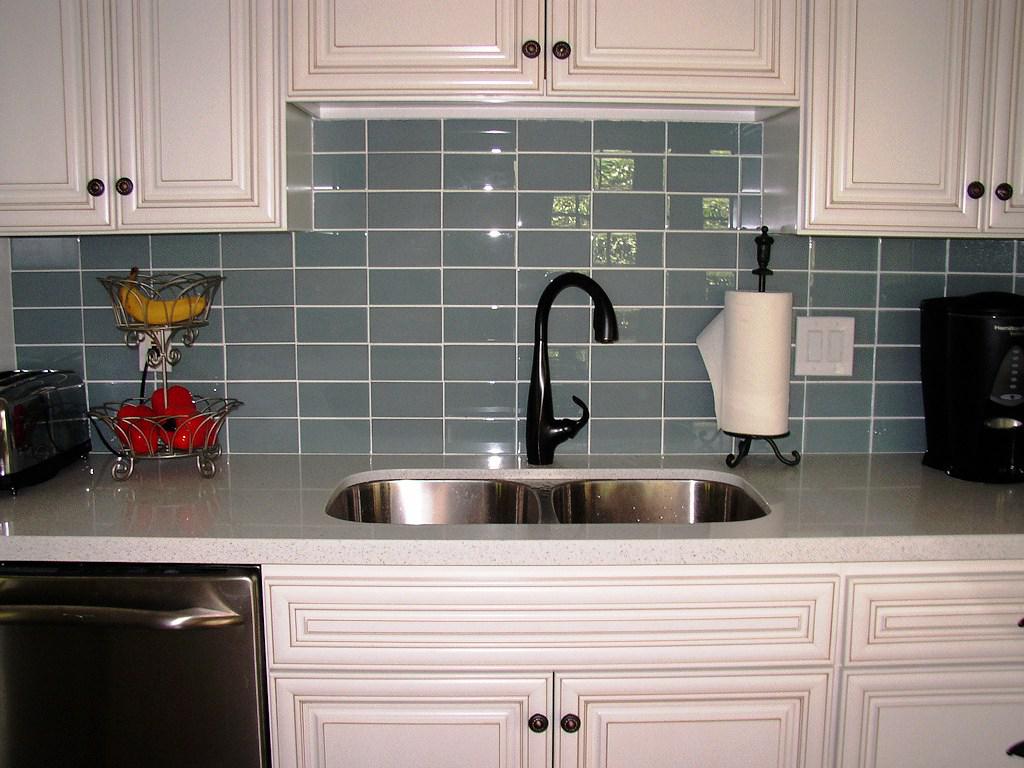






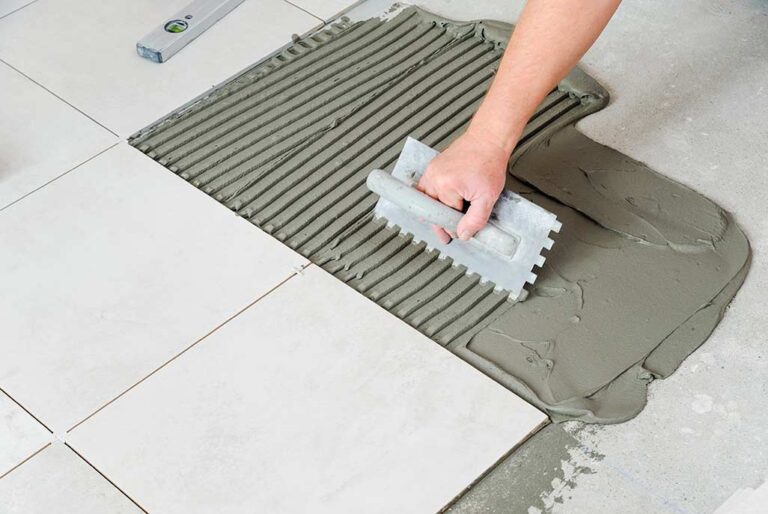













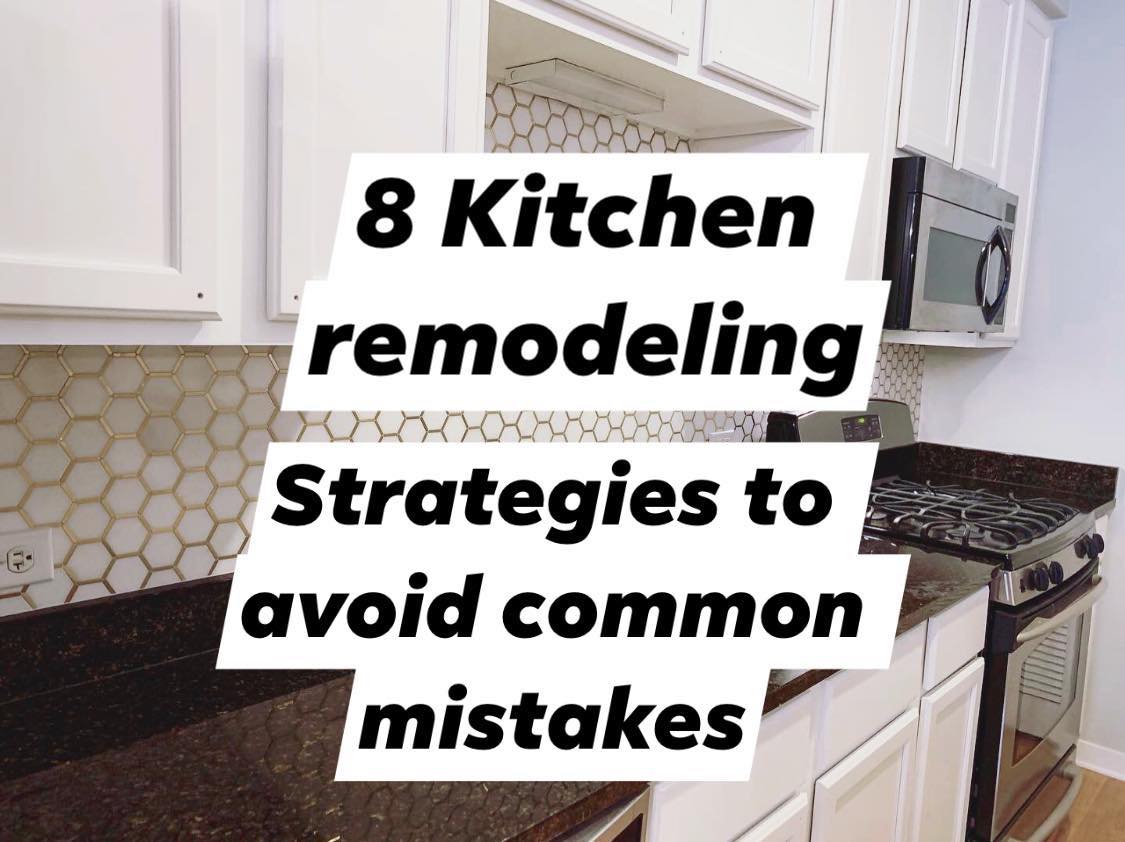






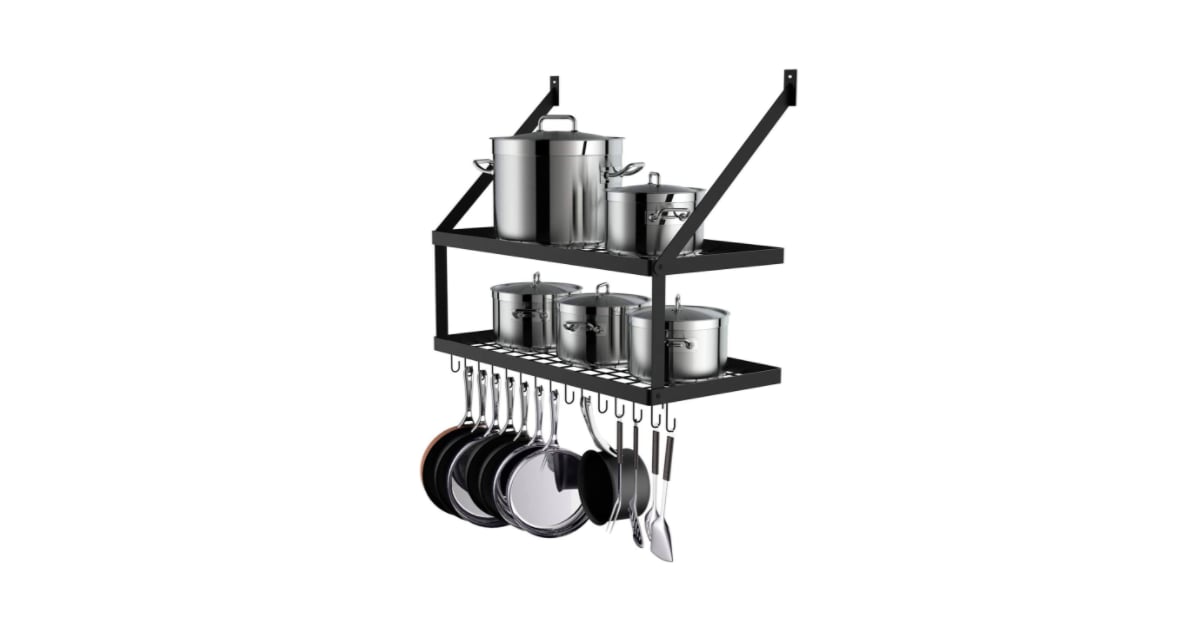
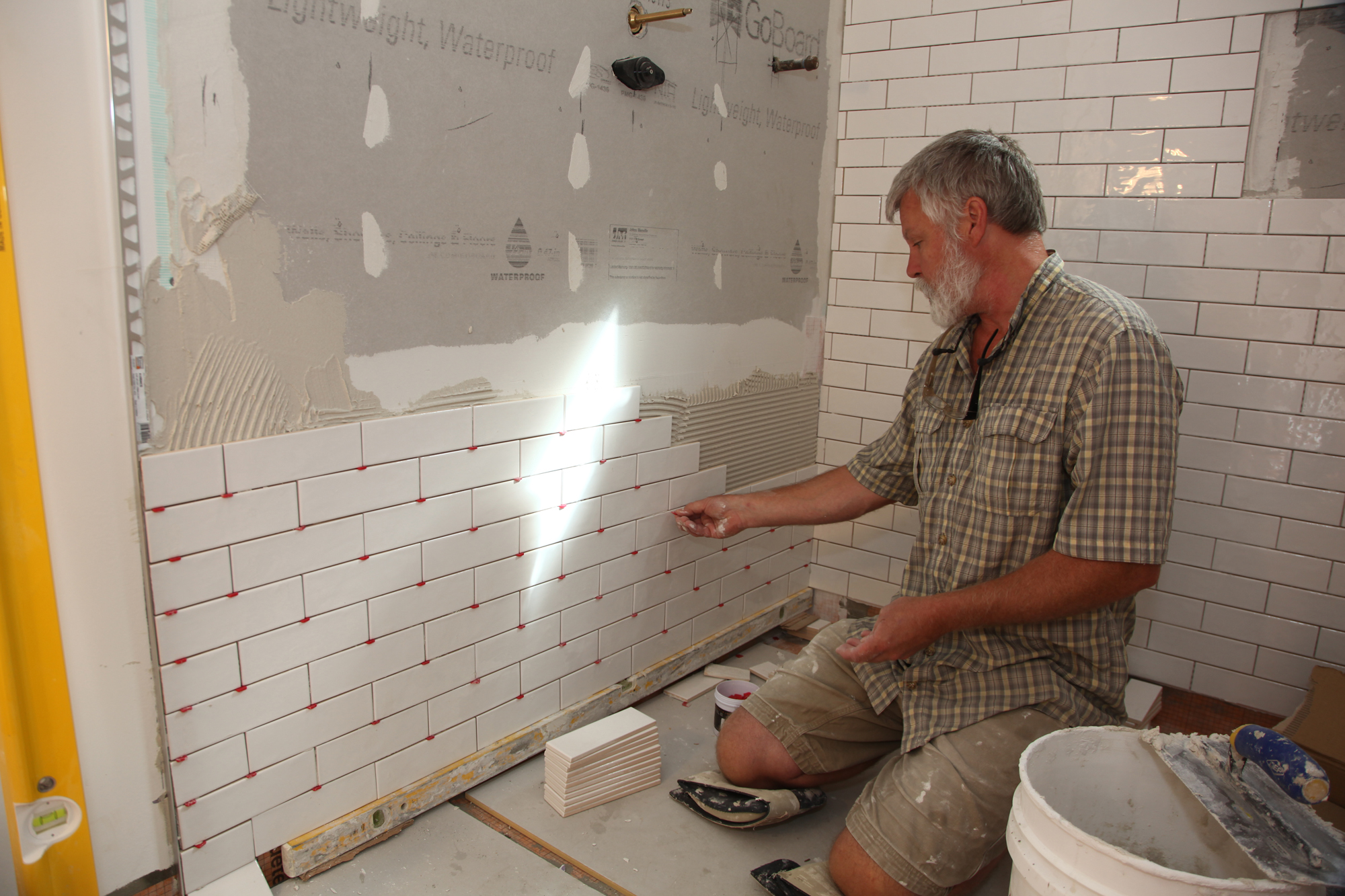


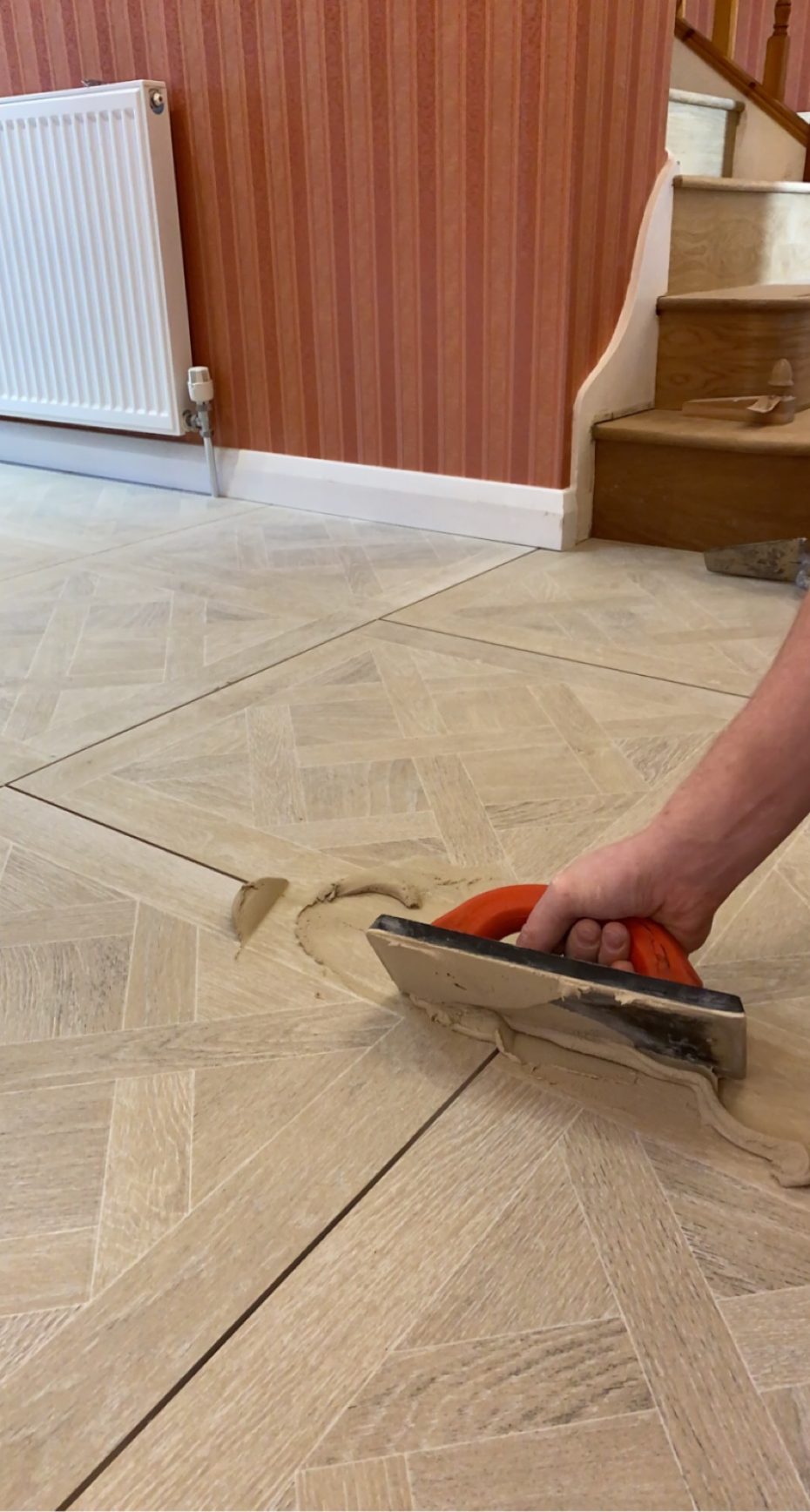


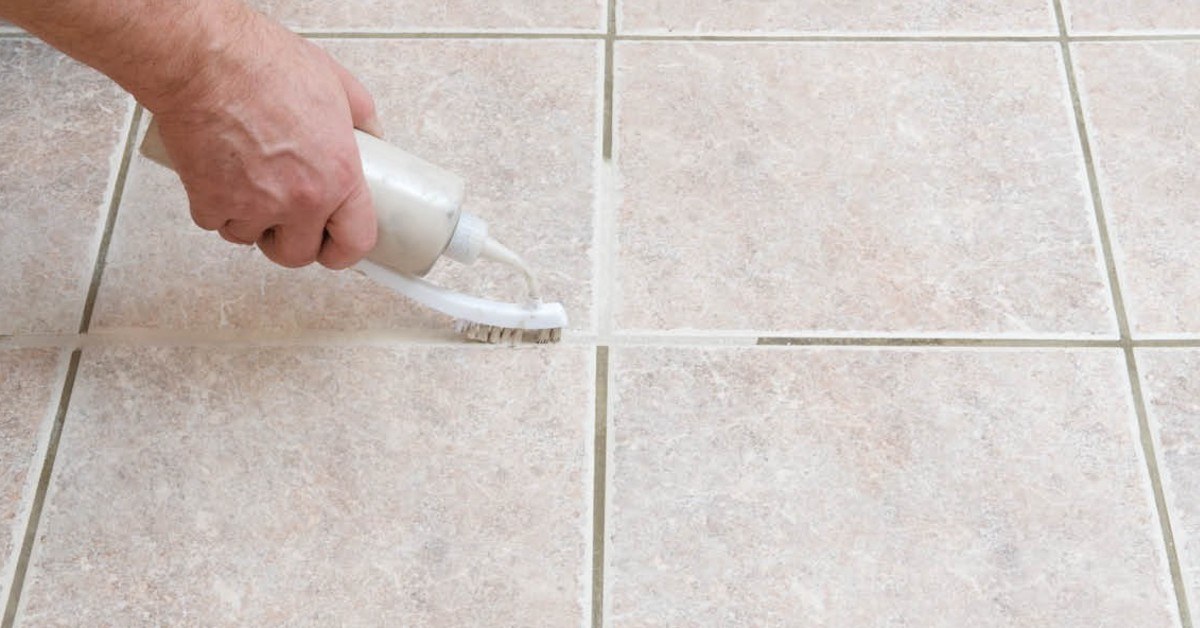

:max_bytes(150000):strip_icc()/how-to-grout-ceramic-wall-tile-1824821-04-efc9e71308b145b0938886ec6bfe510b.jpg)
:max_bytes(150000):strip_icc()/how-to-grout-ceramic-wall-tile-1824821-07-f4f2bfe93c11494c89ad12e0d4877b52.jpg)


:max_bytes(150000):strip_icc()/How_to_Regrout_Ceramic_Tile_64434_08-63a0298cea2a47ba985a0a17ed65d278.jpg)
